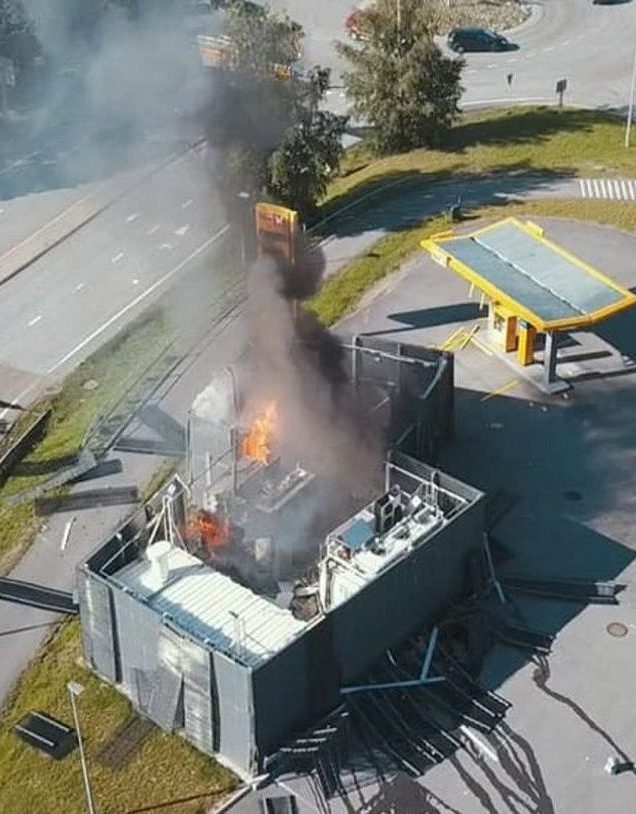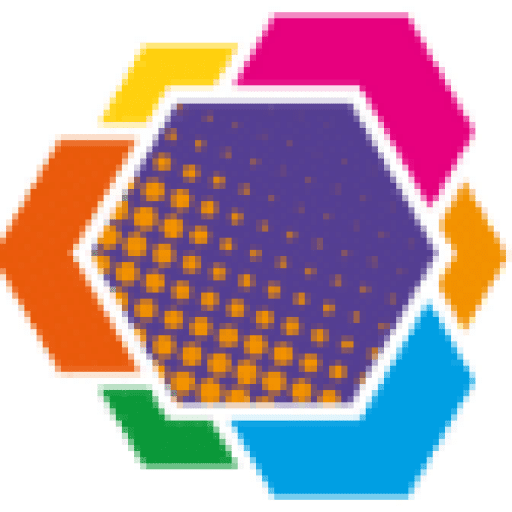Innovation in transportation industry to support the decarbonization of transport
Innovation in transportation industry
OliKrom is an industrial leader of smart materials.
Our unique expertise in color intelligence allows us to create smart technologies for supporting the innovation in transportation industry and the decarbonization of transport.
Our experts participate in many national and international innovation programs in transportation industry, such as:
- color change material projects in the aeronautical sector to reveal damage to composite products
- intelligent coating projects to detect a hydrogen leak in the industry and transportation sector

Composite materials are increasingly being integrated into various industries of the transportation sector, such as the railroad industry, for reasons of cost and carbon footprint.
The use of composite solutions on transportation sector offers many advantages over metal components, such as design flexibility allowing for an infinite number of shapes, corrosion and UV resistance, rigidity, or the incorporation of sensors, connectors, wiring and lights into the material. These products also improve aesthetics and minimize energy consumption, noise and vibration, improving passenger comfort.
As part of a circular economy, composite manufacturing also allows for the recycling of products such as nylon recovered from end-of-life fishing nets, carbon fibers, or thermoplastic polyurethanes (TPU) used in protective smartphone shells.
Against this list of advantages, the use of composite products has a major drawback for transportation: The sensitivity of these composite materials to shocks, with the result that the structure becomes brittle and delaminates. Many programs are attempting to improve the health monitoring of composite materials.
Create safety piezochromic coatings to reveal an impact on a composite structure.
For the aeronautical and transportation sectors, we have developed safety piezochromic coatings capable of changing color with pressure (shock detection).
The objective is to use these smart paints to detect the presence of impacts or plastic deformation. As soon as the damage threshold is reached, it is signaled by a change in color and/or luminescence.
This innovative solution is a real economic alternative to traditional ultrasonic methods, which guarantee the identification of any damage for repair, but which remain very time-consuming processes, in the order of two hours per square meter.
The immediate visual detection by a controller represents an undeniable progress for the safety of transport with an undeniable saving of time to identify the risks of weakening of the composite structure.

Explosion of a hydrogen station near Olso
Green or low-carbon hydrogen is a relevant solution for decarbonizing industry and the transportation sector. It is particularly with regard to heavy vehicles that this technology could prove its worth. In France, transport is responsible for 31% of greenhouse gas emissions and is the largest emitting activity in the country.
Green hydrogen is a real way forward for carbon-free mobility because its use generates neither pollutant emissions nor noise pollution.
However, hydrogen remains very delicate to manage and the risks of leaks are very high given the extremely small size of the molecules. These hydrogen leaks present a serious risk of fire and explosion, as in the case of the accident that occurred in Oslo in 2019 (photo opposite).
The flammable nature of hydrogen classifies it in the European ATEX regulations. This gas ignites and burns more easily than gasoline or diesel. It is odorless, colorless and tasteless, so leaks are difficult to detect by human means alone.
To Read more about innovation in transportation industry: Hydrogen hazards and industrial risks
Create chemochromic coatings to signal a hydrogen leak
Our research and innovation department works daily to develop solutions, indicators and sensors capable of changing properties (color, luminescence) to warn of a danger or an anomaly in transport & mobility.
This is the case for supporting hydrogen-related deployments. Our teams have designed chemochromic coatings capable of changing color when in contact with hydrogen gas.
Depending on the target environment, safety issue and innovation in transportation industry, our teams adjust the detection threshold. We also adapt the implementation of such solutions to allow detection on the scale of a connection between two pipes, or even of a painting to secure a supply station.
The development of intelligent solution to improve safety in the field of hydrogen affects all sectors of mobility and transportation of the future: automobiles (cars, trucks, buses, etc.), trains and, potentially, aviation.
You have a project concerning hydrogen detection and deployment of a smart solution to reinforce safety in transport & mobility? Do not hesitate to contact us.
![]()
CONTACT US
We will get back to you as soon as possible..
"*" indicates required fields

